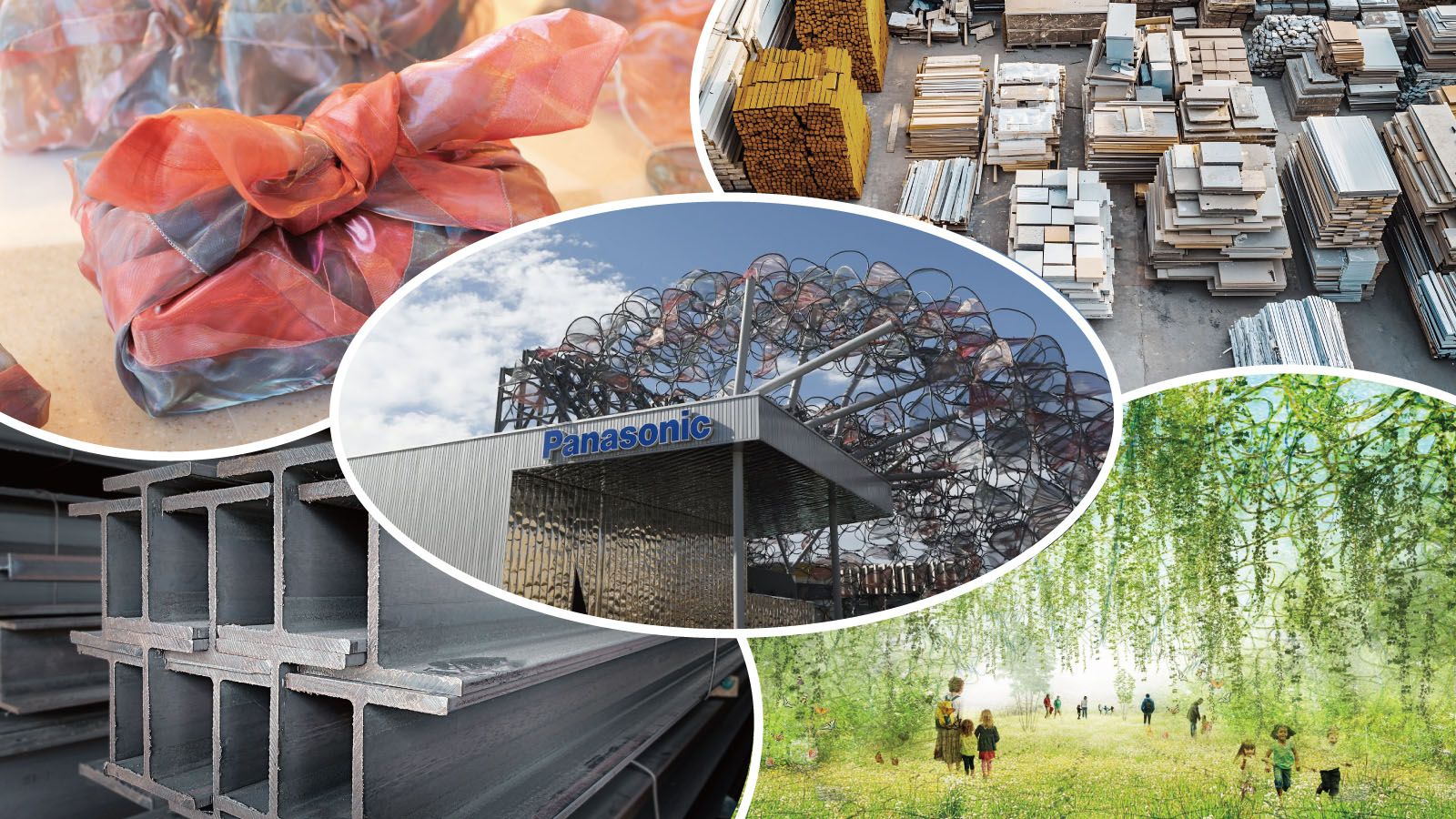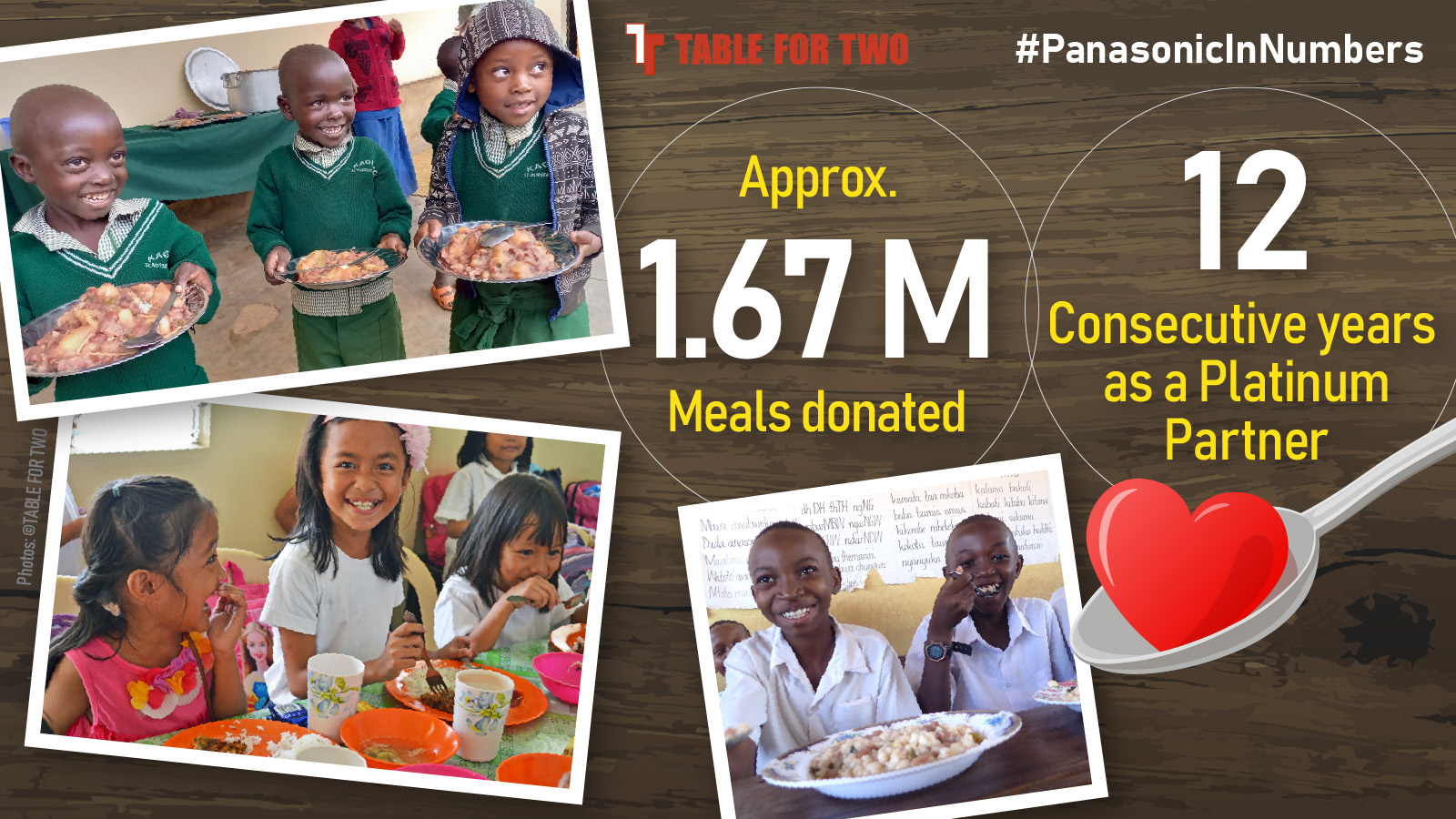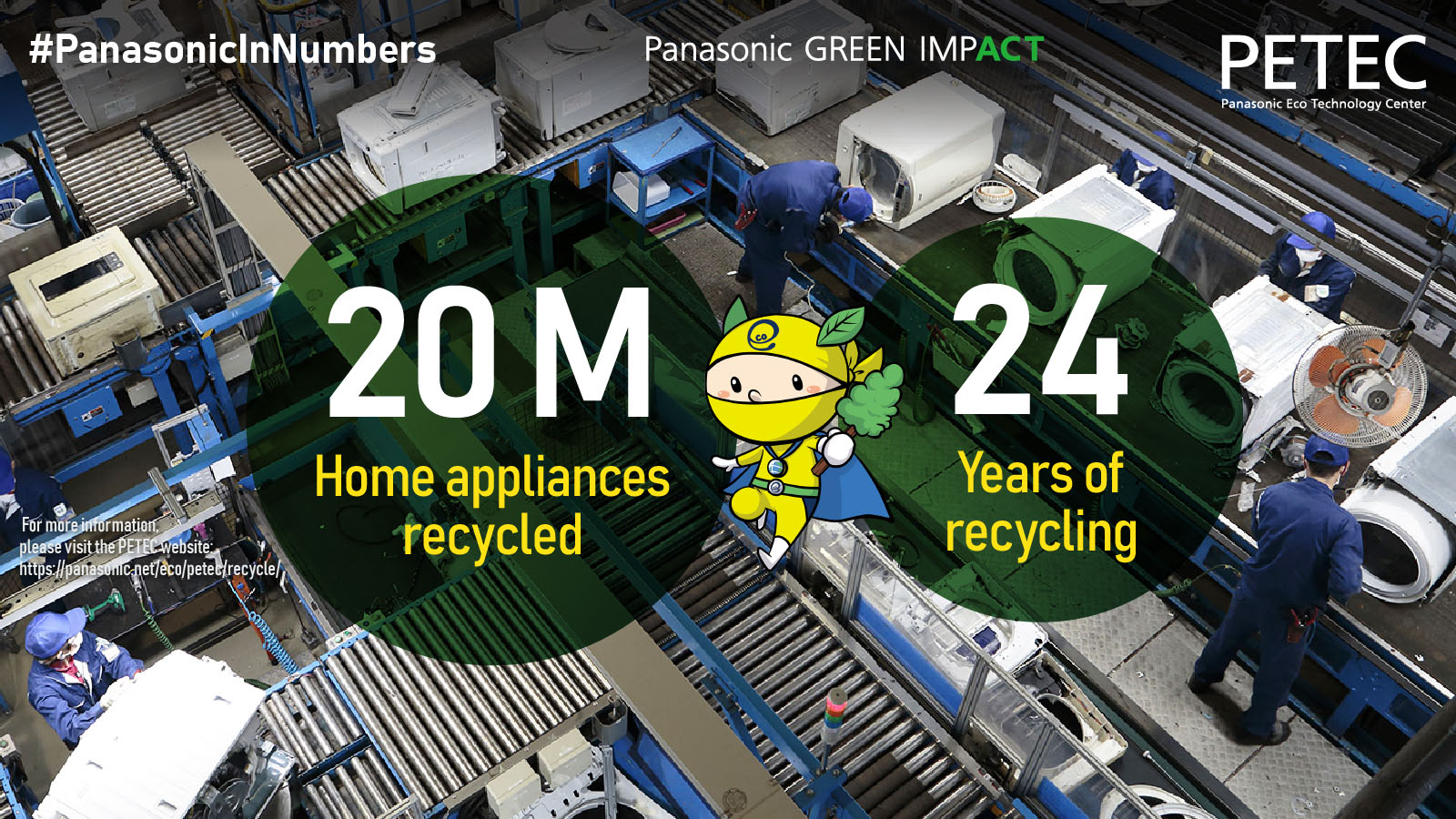Panasonic will further accelerate its efforts under the 100 Thousand Solar Lanterns Project so that it may successfully donate 100,000 units by 2018, its 100th anniversary, and strengthen efforts to contribute to the achievement of "Sustainable Development Goals (SDGs)." adopted by world leaders at the United Nations in September
2015.
Products currently being donated
- Solar Lantern (BG-BL03)
- Solar LED Light (BG-BL04)
Learn more at http://panasonic.net/sustainability/en/lantern/products.html
Sum total of solar lanterns donated: Total: 53,260 (as of March 25, 2016)
Examples of usage of solar lanterns
Join the Movement
Even today about 1.2 billion people worldwide live without electric light and face a variety of education, health, medical, and other challenges. We invite you to join us in providing solar lanterns and the light of hope to these people.
* FY2013 : Apr. 2012 - Mar. 2013
* FY2014 : Apr. 2013 - Mar. 2014
* FY2015 : Apr. 2014 - Mar. 2015
* FY2016 : Apr. 2015 - Mar. 2016









